Women’s History Month: Six social workers to know
As the VCU School of Social Work celebrates Women’s History Month – along with Social Work Month – we are looking at the origins of the social work and the pioneering women in the profession.
In case you missed our Black History Month social media posts, we also honored Grace E. Harris, Thyra Edwards, Dorothy Height and Mary Terrell in February.
For March, we’ll take a look at six women with Virginia connections and/or whose work resonates today with the school’s mission.
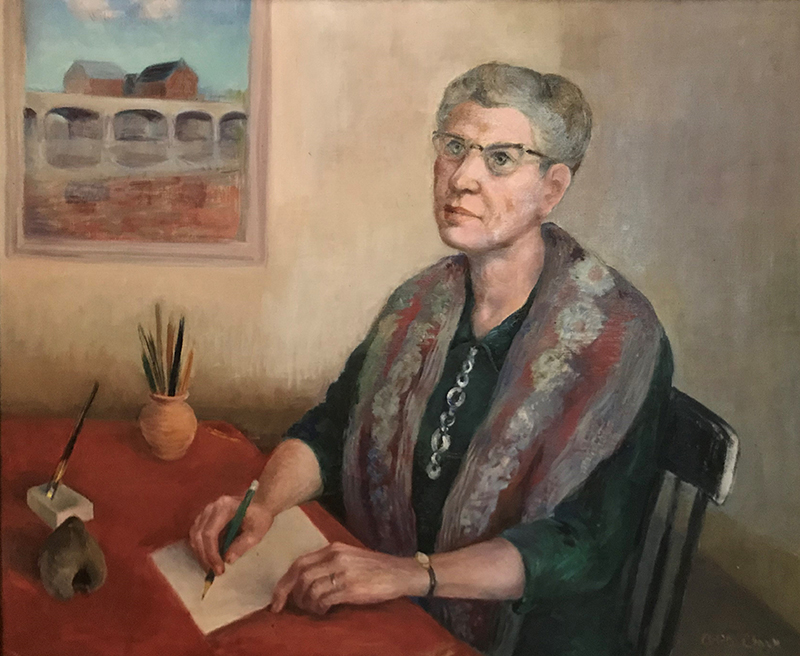
Virginia Spotswood McKenney Claiborne (1887-1981)
In 1917, then-Virginia McKenney helped found the Richmond School of the Economy, a forerunner to the School of Social Work and considered a founding cornerstone of VCU itself.
McKenney was an advocate for women’s education at a time when the Commonwealth had four colleges for men but only state normal schools, with lower collegiate standards, for women. She served as an officer with the branch of the Cooperative Educational Association, which advocated for public education. She went on to work with the Co-ordinate College League as it pursued a women’s college at the University of Virginia, and with both the pro-education Bureau of Vocations for Women and the Southern College Woman’s Association.
These experiences led, in 1916, to her being named chair of a consortium of Richmond social organizations charged with drawing up plans for a school to train social workers. McKenney and her mentor, Orie Latham Hatcher, saw the need not only for social workers but also for training and vocational opportunities for women.
In a meeting at the Jefferson Hotel on Jan. 4, 1917, McKenney ws named temporary chair of the Richmond School of the Economy’s board of directors. The school’s first academic bulletin from 1917-18 lists her as board secretary. By 1918, the school was renamed the Richmond School of Social Work and Public Health, and in 1919 was placed under the College of William & Mary; it later became a part of the Richmond Professional Institute, which in turn merged with the Medical College of Virginia in 1968 to become VCU.
McKenney married U.S. Marine captain Robert Watson Claiborne in April 1918, leaving for New York. She returned to Virginia to direct the Valentine Museum of Art in Richmond from 1942-1956.
She served on a committee that in 1943 advocated for a museum of science in Richmond. In 1960, she pushed for the desegregation of Petersburg’s William R. McKenney public library, named for her father. It had been segregated, with a branch for Black citizens in the basement, as part of a bequeathment of funds from McKenney Clairborne’s mother following William McKenney’s death. As a social reformer, McKenney Claiborne joined the Richmond chapter of the International League for Peace and Freedom at age 80.
Jane Edna Hunter (1882-1971)
Hunter trained as a nurse, graduating in 1905 from the Hampton (Virginia) Institute, a precursor to Hampton University. She later attended Marshall Law School and passed the bar in Ohio.
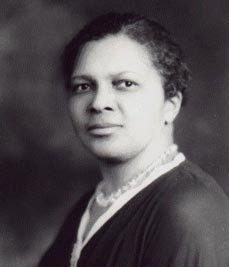
From Hampton, she moved to Cleveland and started a Working Girls Home Association to provide safe residence for women experiencing homelessness, Black women new to the city and single women who were working. Renamed the Phillis Wheatley Association after a Boston woman who was enslaved but became a renowned poet, the organization offered vocational and teacher training.
The Phillis Wheatley Association became a template for other cities, and the Cleveland PWA would become the largest residence for single Black women in the nation. The National Association for Colored Women championed the model, with Hunter serving as director of its Phillis Wheatley Department. After retiring, she founded the Phillis Wheatley Foundation to fund scholarships for Black high school graduates.
Janie Porter Barrett (1865-1948)
Fredericka Douglass Sprague Perry (1872-1943)
Carrie Steele (1829-1900)
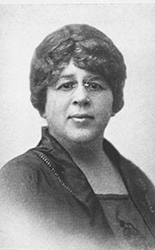
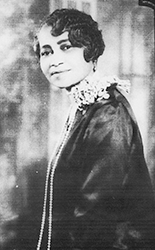
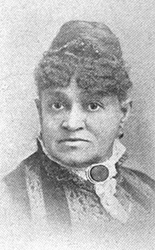
VCU Libraries’ Social Welfare History Project refers to Barrett, Perry and Steele as “three notable African American women from the South who contributed to the development” of social services for Black children. Today, VCU’s Child Welfare Stipend Program provides specialized training and financial incentives to produce graduates who work at all levels of the Department of Social Services across the Commonwealth.
Barrett, in fact, has ties to Richmond. She began a home for children in Hampton, Virginia, in 1890, and by 1915 had relocated to just outside Richmond to start the Virginia Industrial School for Colored Girls. Considered a model program emulated across the country, the Industrial School eventually came under state management and today exists as the Barrett Early Learning Center in Charlottesville.
Perry, the granddaughter of famed abolitionist Frederick Douglass, became a juvenile court worker in Kansas City, Missouri. Troubled by the lack of foster homes for Black children, she helped found the Colored Big Sister Home for Girls.
Steele, who worked as a maid at an Atlanta railroad station, rescued children abandoned on the trains, taking them into her own home. She eventually sold the home to build an orphanage in 1888. Considered the oldest Black orphanage in the nation, it still serves today as the Carrie Steele-Pitts Home.
Ollivette Allison (1923-2010)
Ollivette Allison carried on Steele’s legacy, with a nearly 75-year connection to the Steele-Pitts home. She came as a 12-year-old orphan with two brothers. She returned as the home’s first professional social worker and was director until 2009.
“The two most important things that anyone can give a child are time and love,” said the woman children called Ms. Ollivette. “I’m never too busy to talk with a child. If I see a child who’s stressed, someone who’s having a bad day, I’ll go and spend time with them right away. If a child comes into my office while I am on the phone, I’ll hold her hand until I am finished talking and then I’ll give her a hug and ask her how she is.”
Categories Community, EducationTagged Carrie Steele, Fredericka Douglass Sprague Perry, Jane Edna Hunter, Janie Porter Barrett, Ollivette Allison, Social Work Month, Virginia Spotswood McKenney Claiborne